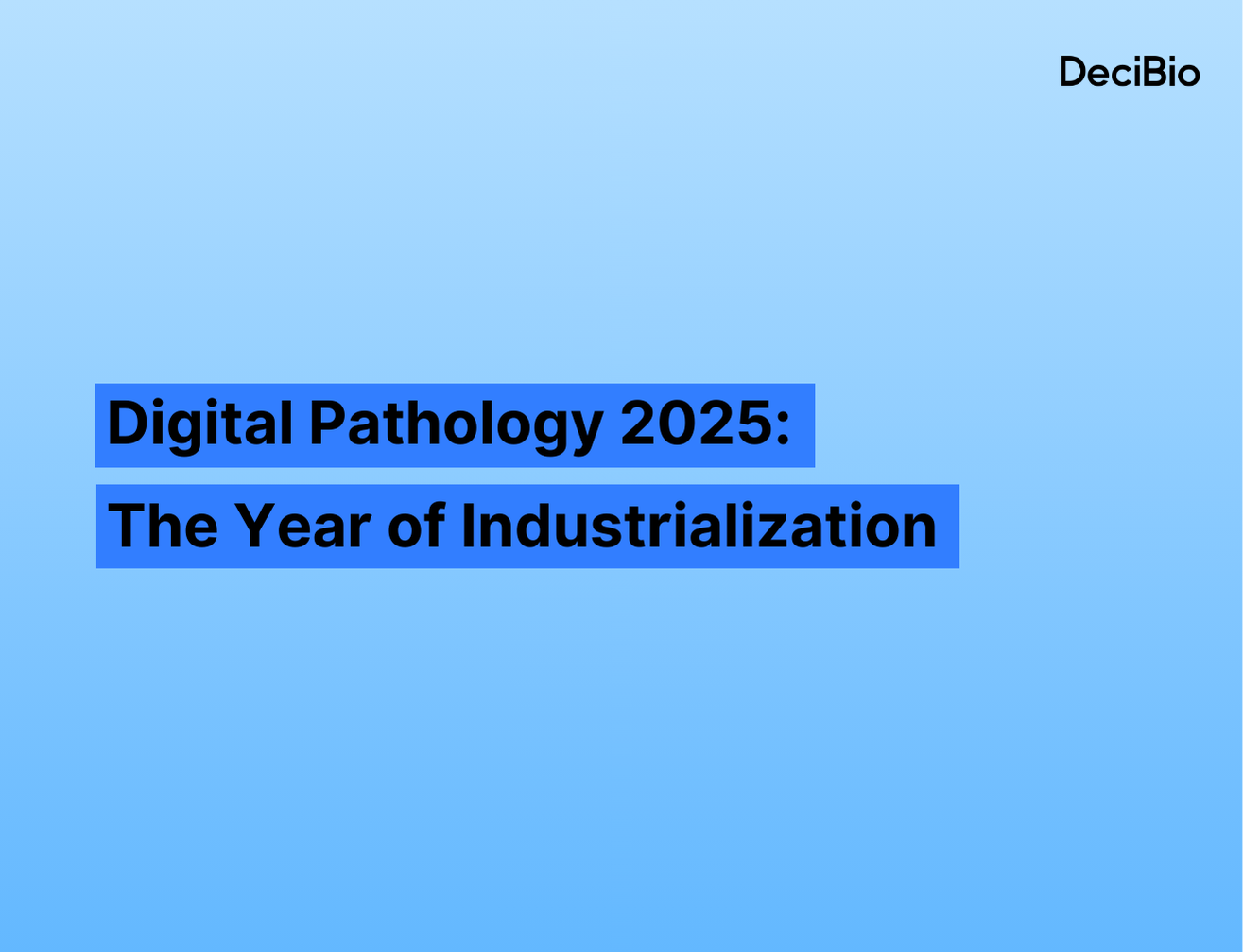Orlando, FL February 9, 2024 – Reuniting with old friends at AGBT is always a highlight, and this year was no exception, shining bright despite the industry's tighter budgets. Marking a significant shift, NGS returned to the forefront after five years of spatial omics dominance, propelled by Ultima's promising announcement of an affordable ($100?) Q60genome. We quickly surveyed 56 attendees in person, primarily at the farewell dinner; they came up with a fragmented, long list of highlights, with some believing that pre-disclosures at JP Morgan and social media teasers spoiled what could have been fun surprises!
However, we had many engaging discussions about exciting new entrants (e.g., n6 tec, Atrandi, Enhanc3D Genomics) as well as (many) companies present in stealth mode (e.g., cellanome with all the OGs!)
As usual, we conducted a survey by asking 56 attendees“what they would remember from AGBT 2024?” We scored responses with 3 points for their top answer, 2 for the second, and 1 for the third (and beyond, up to5 answers), averaging 3.3 answers per attendee. The insights below, accompanied by representative italicized quotes, offer a glimpse into the collective mind but do not necessarily reflect DeciBio’s stance.
Survey result:
#1: Ultima announces full commercial launch with Q60 accuracy - 53 points & 24 mentions
With just shy of ~20 instruments placed / sold to date, Ultima Genomics closed the EA program (that included the Broad and NYGC) for its UG100 and is ready for a full commercial launch. While the platform enables a$100 genome ($1 / Gb), attendees were most impressed by the Q60 accuracy for base substitutions enabled by the ppm chemistry. “I’m eyeing a new high throughput instrument – potentially a UG 100 – in 6 months; absent a competitive response from Illumina, it's a serious contender, pending more field data from trusted colleagues.”
#2: Spatial biology occurs at scale, with new players entering the space - 41 points & 21 mentions
For the first time in 5 years, spatial biology didn’t top the list, but remained a clear focal point. Attendees highlighted progress on two fronts: 1) experiments are run at a much larger scale, both in terms of sample throughput and plex. 2) the players continue to evolve, with some small start-ups apparently falling of the map, and new ones (most notably Element andSingular) entering the space with a bang! “For the last century, pathologists have looked at tissue. In the last decade, genomics transformed the field. Now these two fields are literally merging on the same box”. Many attendees also highlighted that challenges persist in making sense of these “absurdly rich” datasets.
#3: NanoString files for Chapter 11 bankruptcy protection - 28 points & 15 mentions
The eve of AGBT saw NanoString seeking bankruptcy protection amidst its (years-long) legal tussles with 10X Genomics, a development that surprisingly captured attendee interest. “This David versus Goliath scenario is a blow to the community eager for continued access to NanoString's platforms”.A few other attendees commented: “Clearly, 10X learned a lot from their lawsuit with Bio-Rad”
#4: N6 Tec launches its IconPCR - 24 points& 12 mentions
N6 Tec launched a plate-based thermo cycler capable of controlling the temperature of individual well to streamline NGS library prep.The IconPCR ($99,000 list price) addresses an unmet need that has been astonishingly overlooked in the NGS workflow. In a nutshell, a fluorescent dye is used to normalize cycles and stop amplifications at an optimal time so that libraries can more easily be normalized ahead of sequencing and maintaining / reflecting more sample diversity. “We’ve made amazing progress across the entire NGS workflow, but somehow, the PCR step was overlooked. It was just accepted thatPCR is PCR.”
#5: Element provides more insights on theAVITI24 - 22 points & 10 mentions
Following its JP Morgan presentation, Element provided additional details on its AVITI24 system biology platform. The instrument can simultaneously analyze DNA, RNA, (phosphorylated) proteins, and cell morphology. ”Element developed a great sequencer that is clearly gaining traction and doing well in the field. I guess it was a little too boring for them, so they needed to add imaging to the box!”
#6: New Sequencers progress… as Illumina remain apparently unresponsive - 20 points & 10 mentions (+7 points & 6 mentions for Illumina’s lack of responsiveness)
In addition to taking first place independently, many attendees highlighted that Ultima, along with other sequencing companies such as Element, Singular and Complete Genomics continue to make progress on their platforms, now even including spatial imaging. “Where is Illumina? The silence is deafening!”
#7: Singular Genomics unveils the G4x spatial sequencer - 19 points & 9 mentions
The G4X in situ spatial sequencer can simultaneously measure direct RNA sequencing, targeted transcriptomics, proteomics and fluorescentH&E from FFPE tissue. The platform is expected to launch by the end of the year (list price: $495K). The platform will have 20x the throughput of a Xenium platform. “This development begs the question of whether Singular should double down on spatial where they appear to have a more differentiated offering than in NGS.”
#8: 10x Genomics makes improvements across its portfolio - 18 points & 8 mentions
10X Genomics announced product improvements for its single cell and spatial product line. On the single cell side, 10X is launching aGEM-X product line for its Chromium X and Chromium iX instruments. GEM-X leads to multiple 2-fold improvements across key metrics, which improves cell recovery rates from 65% to 80%, doubles the number of cells per run, doubles the number of genes per cell, and lowers cost per cell (>2-fold). 10X defined a path to $100 per sample. 10x Genomics also promised several new features on the Xenium platform (multimodal cell segmentation, 5000 plex RNA, and protein/RNA multiomics) and formally introduced the Visium HD platform. “All of the 10X Genomics announcements as a group are meaningful and impressive, although individually none were completely unexpected. It’s nice to see them continue to invest in single cell analysis.”
#9: Single Cell is ubiquitous- 14 points & 7 mentions
In addition to the GEM-X announcements above, attendees highlighted the ubiquity of single cell analysis, most notably for gene expression analysis. While 10X Genomics is obviously dominant, instrument-free solutions appear to continue to gain traction (e.g., Scale Biosciences, Parse).“Instrument-free options like Parse are proving effective and quite popular among my peers.”
#10: No big surprises - 13 points & 5 mentions
A minority of attendees (<10%) noted the absence of “ground breaking announcements”, attributing it to the well-covered nature of this field. “You can follow the breadcrumbs based on what was previously announced or hinted”
Attendees also highlighted:
- Interestingly, as it was last year (but not in previous years) the “Other Answer” bucket was large in 2024 (55 points, 33 mentions; vs. 57 points, 31 mentions in 2023 [1.5x typical scale]), with attendees highlighting a number of technologies (see first paragraph), or talks (see below). For example, Volta Labs made a strong impression (4 mentions) with Callisto, its solution that simplifies the NGS workflow, most notably for PacBio users. Library prep providers (Watchmaker Genomics, seqWell) were also cited a few times, with “molecular biology coming to the rescue of bioinformatics”
- “Long reads” just missed the top 10, in eleventh place, with attendees continuing to recognize the value of structural variants. Some even mentioned the increase used of Oxford Nanopore and PacBio platforms for oncology applications, when non-FFPE samples are available
- It was exciting to see NVIDIA attend the conference; as the complexity of datasets continue to increase, we expect that tech companies (i.e., AI companies) may be a surprised addition to the conference in the coming years
- 2 talks consistently came up in our discussions (3-4 mentions for each): Kate Rubin’s “astronaut talk” and Kristin Laidre “polar grizzlie”
- A few attendees also mentioned that collaborations appear to be much more public/ front and center as they were in the past
- Given the team that Cellanome has assembled, we are excited to learn more how they mean to transform our scientific understanding by studying “live biology as opposed to dead biology”
- One final quote for the road: “Next year in Marco, I bet you everyone will be wearing a different badge!” – Dani Bezdan (Quoted with permission!)
This article was expedited, so please excuse any typos! #NGSisUnstoppable
Survey method: We asked interviewees what they would remember about AGBT 2024, focusing on technology, announcements, and trends. We attributed 3 points for respondent first answer,2 points for the second answer, and 1 point for additional answers. On average, people provided ~3 answers (up to 5 answered when interviewing small groups).
---
Authors:Stephane Budel, Miguel Edwards & Steve Beuchaw, Partners at DeciBioConsulting, LLC
Connect with Miguel, Steve & Stephane
Disclaimer: Companies listed above may be DeciBio clients and/or customers




.png)




